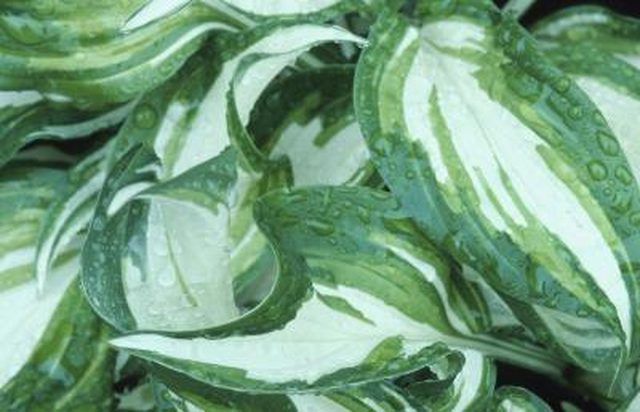Bulbs
Flower Basics
Flower Beds & Specialty Gardens
Flower Garden
Garden Furniture
Garden Gnomes
Garden Seeds
Garden Sheds
Garden Statues
Garden Tools & Supplies
Gardening Basics
Green & Organic
Groundcovers & Vines
Growing Annuals
Growing Basil
Growing Beans
Growing Berries
Growing Blueberries
Growing Cactus
Growing Corn
Growing Cotton
Growing Edibles
Growing Flowers
Growing Garlic
Growing Grapes
Growing Grass
Growing Herbs
Growing Jasmine
Growing Mint
Growing Mushrooms
Orchids
Growing Peanuts
Growing Perennials
Growing Plants
Growing Rosemary
Growing Roses
Growing Strawberries
Growing Sunflowers
Growing Thyme
Growing Tomatoes
Growing Tulips
Growing Vegetables
Herb Basics
Herb Garden
Indoor Growing
Landscaping Basics
Landscaping Patios
Landscaping Plants
Landscaping Shrubs
Landscaping Trees
Landscaping Walks & Pathways
Lawn Basics
Lawn Maintenance
Lawn Mowers
Lawn Ornaments
Lawn Planting
Lawn Tools
Outdoor Growing
Overall Landscape Planning
Pests, Weeds & Problems
Plant Basics
Rock Garden
Rose Garden
Shrubs
Soil
Specialty Gardens
Trees
Vegetable Garden
Yard Maintenance
Acid & Shade Loving Perennials
Acid & Shade Loving Perennials. Add color, texture and interest to the shady areas of your landscape by planting shade-loving perennial plants. Shade-tolerant perennial plants usually prefer slightly acidic soil that is moist and well drained with high organic content -- as they would experience under a forest canopy.

Add color, texture and interest to the shady areas of your landscape by planting shade-loving perennial plants. Shade-tolerant perennial plants usually prefer slightly acidic soil that is moist and well drained with high organic content -- as they would experience under a forest canopy.
Types
Shade-loving perennials include spreading ground covers, clumping plants and vines. Common ground covers are ajuga and ivy. Hostas offer an example of a favorite clumping plant with more than 100 varieties.
Features
Plants growing in the shade require less water and maintenance than full-sun plants and their slower growth rate requires less fertilizer. Larry Hodgeson, in his 2005 book, "Making the Most of Shade," also notes that the color of flowers in the shade appears more intense and the flowers last longer than those blooming in full sun.
Expert Insight
A slightly acidic soil helps survival and growth for many shade-loving plants. If your native soil tends toward alkalinity, adding lots of compost helps reduce the pH toward neutral. You can obtain further pH reduction by adding elemental sulfur. Compost also helps soils that are too acidic -- pH below 5.5 -- by raising the acid level toward neutral.